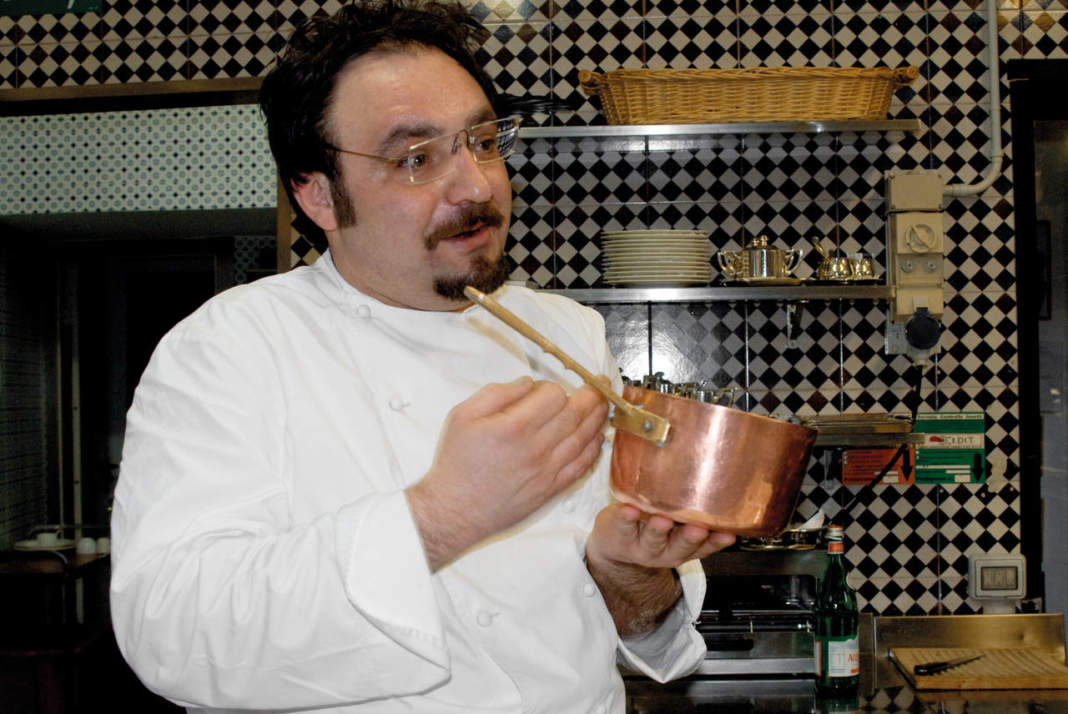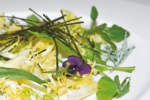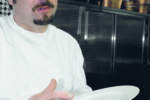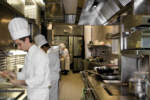the vision of Paolo Lopriore
Paolo Lopriore is chef of the Il Canto restaurant in the Hotel Certosa di Maggiano in Siena. A warm and welcoming place, rich in history and nature, serves as backdrop for the rooms of the restaurant and the kitchen, from where one may glimpse the surrounding hills of Siena.
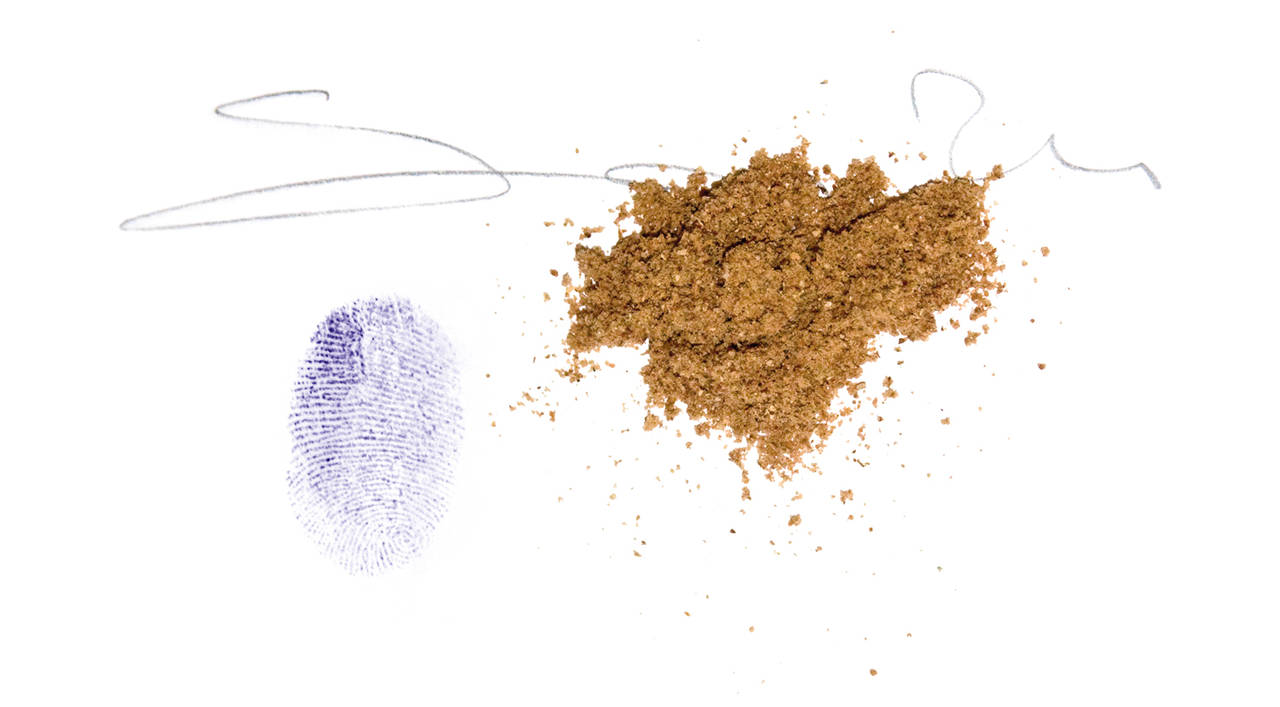
area: Does the space of the kitchen you work in meet special requirements? What are the aspects you consider most important?
Paolo Lopriore: More often than not, we have to adapt ourselves to the rooms in which we work. In the case of this kitchen, which is part of the complex of the Certosa di Maggiano, I have found a very characteristic environment, both as to the form, a long and narrow space, and the decoration, as the walls are covered by very colourful tiles, which make the room warm and welcoming, but also chaotic. It is important to me to work in a small space because – as I have neither a large team nor many customers – I work better when I am close to the others and have my instruments within reach. I believe there is a very close relationship between the environment in which we work and the things we do, my kitchen is profoundly inspired by the identity of the place, and there is certainly a close bond between the dish I prepare and the suggestions of the surrounding landscape. The windows of this kitchen, which are on both sides of the room, are fundamental because they enable me to enjoy the landscape around me while I work, and provide natural light.
area: What do you think about the division between kitchen and dining room?
P.L.: The two spaces are very clearly divided in the Il Canto restaurant, and I personally consider this division to be essential. The place where I work must be intimate, I don’t care about being on display, or to create any show effect, I prefer to work comfortably, without indiscreet eyes, or formal concerns. I prefer to remain detached from the guests, without too much interference. Cooking for a customer I know, for instance, makes my work harder, because I know his preferences and habits, and they inevitably influence me. Mutual expectations are formed, and it often becomes hard to avoid them, compromises are reached and the style is lost. This is why I prefer not to know who I am cooking for.
area: There is a close link between the materials of the appliances used in the kitchen and the preparation of the food. Do you prefer some particular materials?
P.L.: A material which conveys warmth gently is useful in the preparation of one dish rather than another... every appliance is used for a specific purpose, sometimes also unconsciously. The materials one usually finds in a kitchen are steel. copper and earthenware, which for instance gives forth a particular warmth, and above all a unique aroma to the food which is cooked in it, and it is able to evoke the smells of old houses, and with them the memories. Another material which is fundamental in the kitchen is that of the dishes, which I personally prefer to be round, in fine and light porcelain. If the food is very elaborate I serve it in separate dishes, perhaps of different shapes, but always white. The dish must never make its contents look heavy, I don’t want to seek an immediate aesthetic effect in the composition, but rather to make the most of the food I have prepared. Obviously it is all linked to the situation in which we work: here, in the country, I feel the need to exalt the flavours and colours of the ingredients, which are those the guest has seen and smelled along the way, on the trip which has brought him here. From this point of view the Certosa is an extraordinary place. The need for colourful porcelain is more linked to an urban surrounding, when one feels the need to catch the eye, to stand out among many others. Vice versa, in the country, the most important thing is the ingredient and the continuity which links it to the landscape around it.
area: Are there dishes in your kitchen which call for particular tableware? Or ways to eat which are different from the conventional ones?
P.L.: Just now I find it very fascinating to eat with the hands, and this is another inspiration I have received from the country. In the final analysis, the hand is the filter between the person and the ingredient, and when one eats with one’s hands one has a different contact with the ingredients, which leave traces and scents. Two of my recipes, a salad with flowers and herbs and
a dish I call “zolla di Certosa”, are meant to be eaten with the hands. These dishes evoke the contact with the land and the tactile value in how we perceive food.
area: What is your relationship with electric appliances? Do you often use them as work instrument, or do you prefer to work with your hands?
P.L.: Electric appliances are necessary, but they are merely instruments which it is essential to know how to use correctly, to get the right result: it is necessary to know the right pressure, intensity, time, just as with any other utensil, also non-mechanical. When preparing a chocolate mousse, for instance, the beater, whether mechanical or not, is the key appliance which one must know how to modulate, to obtain the desired result. There are instruments I cannot do without: the machine for closing breadsticks, for instance, which makes it possible to maintain the right fragrance, or the drier, with timer and adjustable temperature. We also bake bread in our restaurant, with an electric oven which makes it possible to optimize the time, and even if we don’t use a wooden stove, we manage to give it the toasted aromas of old ovens, restoring its authenticity.
area: What is the relationship between the professional kitchen and the domestic one?
P.L.: The essential difference is that you are never afraid of getting things dirty in a kitchen like this. You feel freer, the design is important, but when it becomes too restricting it can seriously impair one’s freedom to express oneself.
area: What is your relationship with colour?
P.L.: This kitchen was already this colourful when I arrived, and I have gladly got used to it, to the chaos and freedom this environment inspires.
When I enter a white, too white kitchen I feel like a germ, a bacteria. Kitchens cannot be sterile like hospitals or odourless and aseptic supermarkets. When I came here everything seemed much freer than where I had worked previously, and I have appreciated this freedom a lot, and it is inevitably reflected by how I prepare my dishes.


